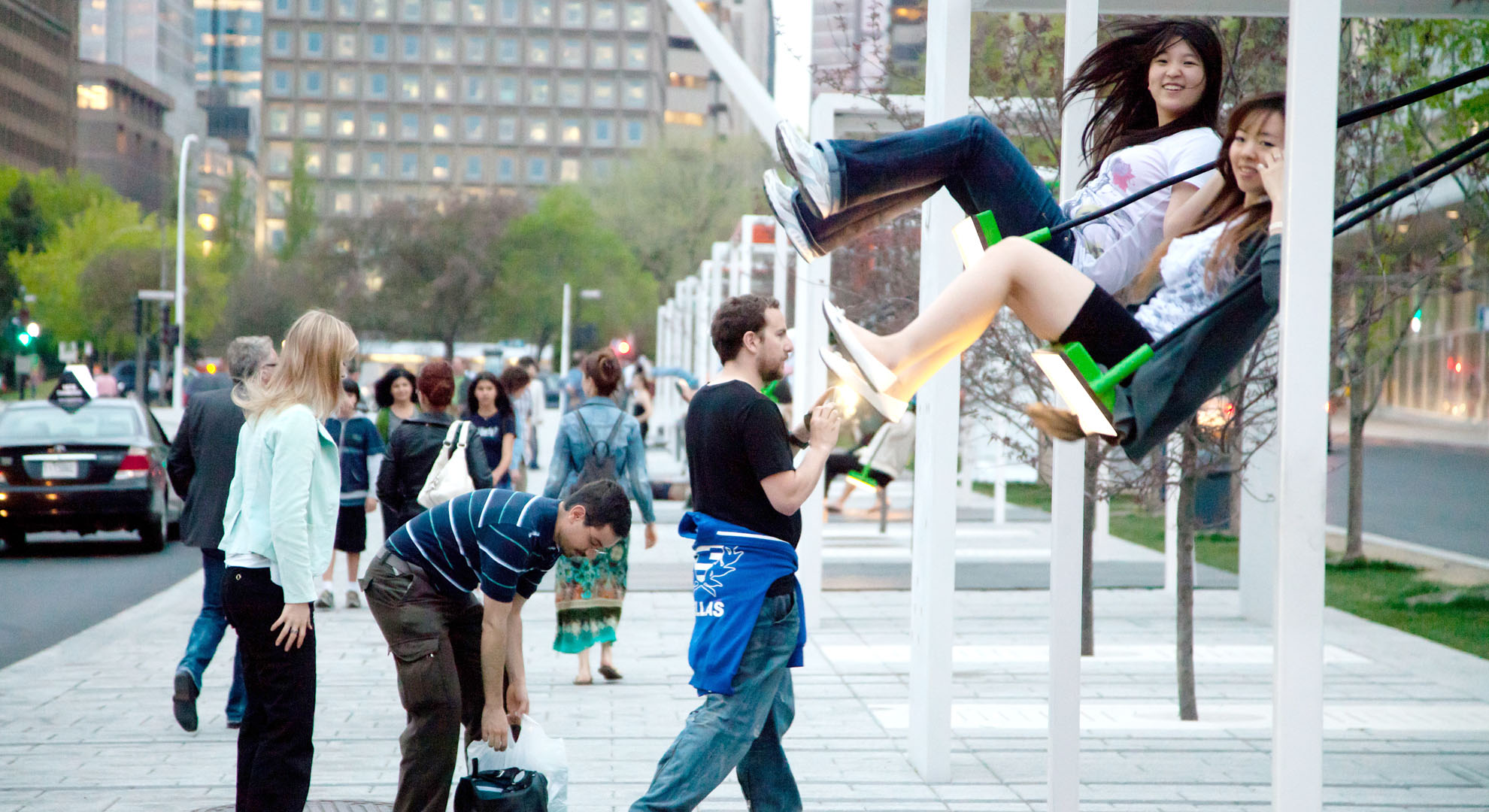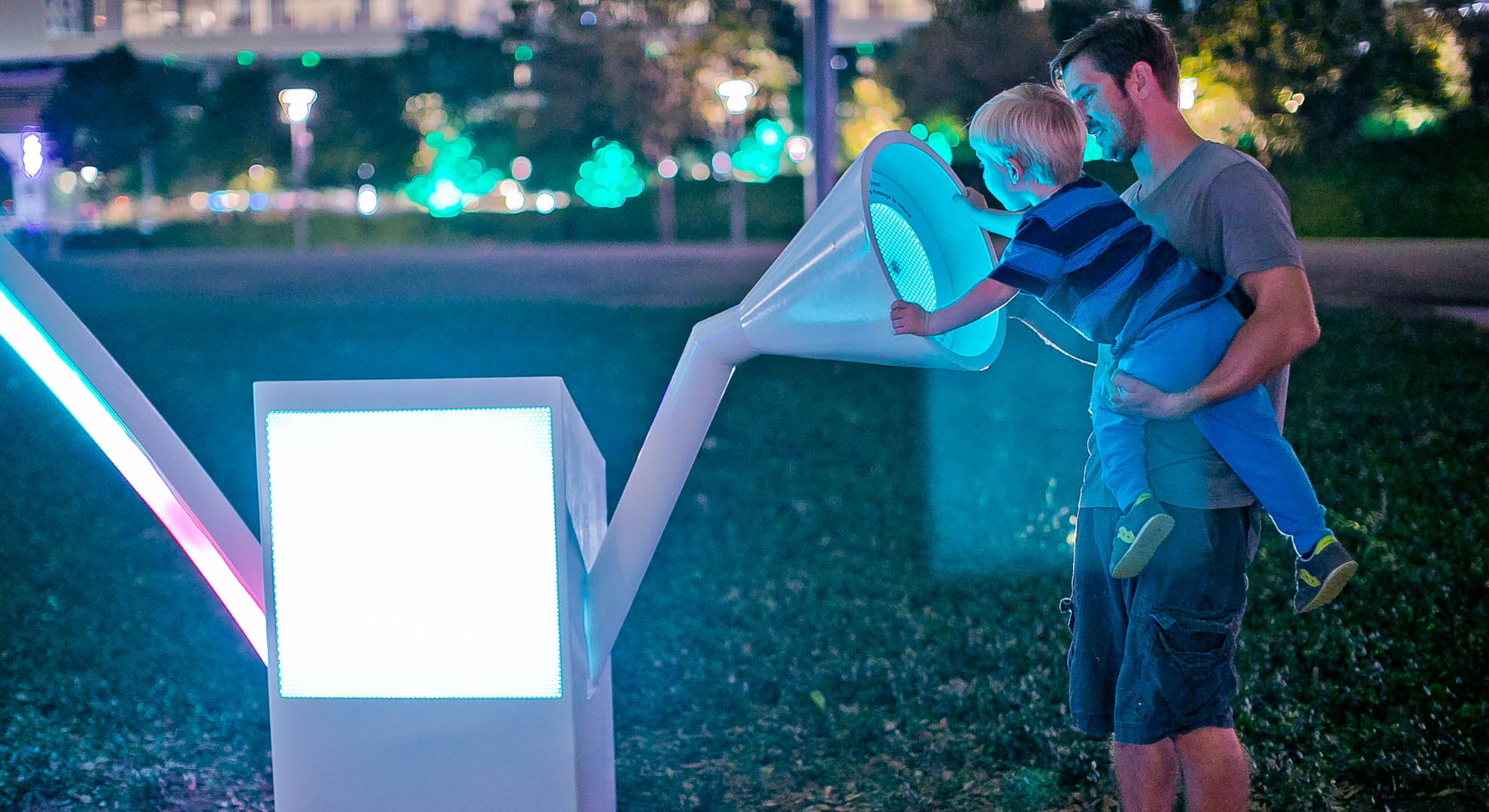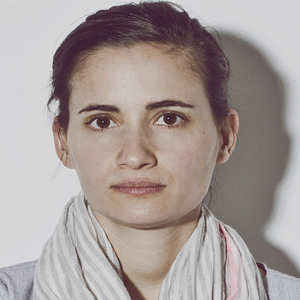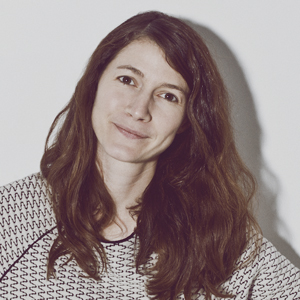Enchanting the Post-COVID City
On shared spaces and collective experiences
What can we dream for the future of getting together again? Can we still find enchantment in our experience of the city? When the COVID-19 pandemic first hit, doomsday scenarios circulated extensively about our future; urban life changed drastically, orchestrated so that you don’t have to see your neighbor, and everything was to be touchless. But perspectives quickly shifted back towards enabling—and celebrating—shared physical spaces. The opportunity is ripe to reimagine our urban public spaces so they can contribute both to our collective well-being and our increasing need for flexible, resilient infrastructure.
Finding opportunity in constraints
For healthy societies to thrive, strangers need, as American political philosopher Michael Sandel said, “to literally bump up against one another in the ordinary course of life.” The informal connections that follow are key to ensuring a sense of community and care for each other, familiar and unfamiliar faces alike.
With this in mind, safety measures hold opportunities to enable transformative collective experiences. Physical distancing gives way to new choreographies that change the negative space between us into something playful, positive even. If bodies need to stay physically apart, time becomes a factor that can unite them: by doing something at the same time in different spaces or being in the same space at different times. When designing for touchless interaction or distancing, we can choose to design beyond touch or beyond proximity, making public life more sensory, more agile, more connected. Away from policies of control, this shift in perspective defines healthy, accessible and equitable public spaces.

21 Swings, Montreal, 2011, Daily tous les jours. Photo © Olivier Blouin
Reimagining smart
Urban infrastructure as a whole is reimagined with the human experience, and scale, at its core. Today, we have the technological capacity to engineer beyond the functional to serve the experiential as well. The same smart technologies that are used to optimize urban processes can support spontaneous surprises. They can bring to life enchanting experiences and help connect people with each other in the physical world. The magic of coming together, of sharing improbable encounters, generates surprise and delight. Using the best high-tech tools of our times, the city imagined around people coming together and collaborating can inspire a sense of possibility for a better tomorrow. Right now, our urban environment is getting better at managing resources and data, but a successful city is not just a set of optimized processes. It should also enable the happy things to happen, the things that connect us on a higher level and make us care for one another, ultimately leading to stronger, more resilient communities.

Hello Trees, Houston, Touring installation since 2017. Daily tous les jours. Photo © Morris Malakoff

